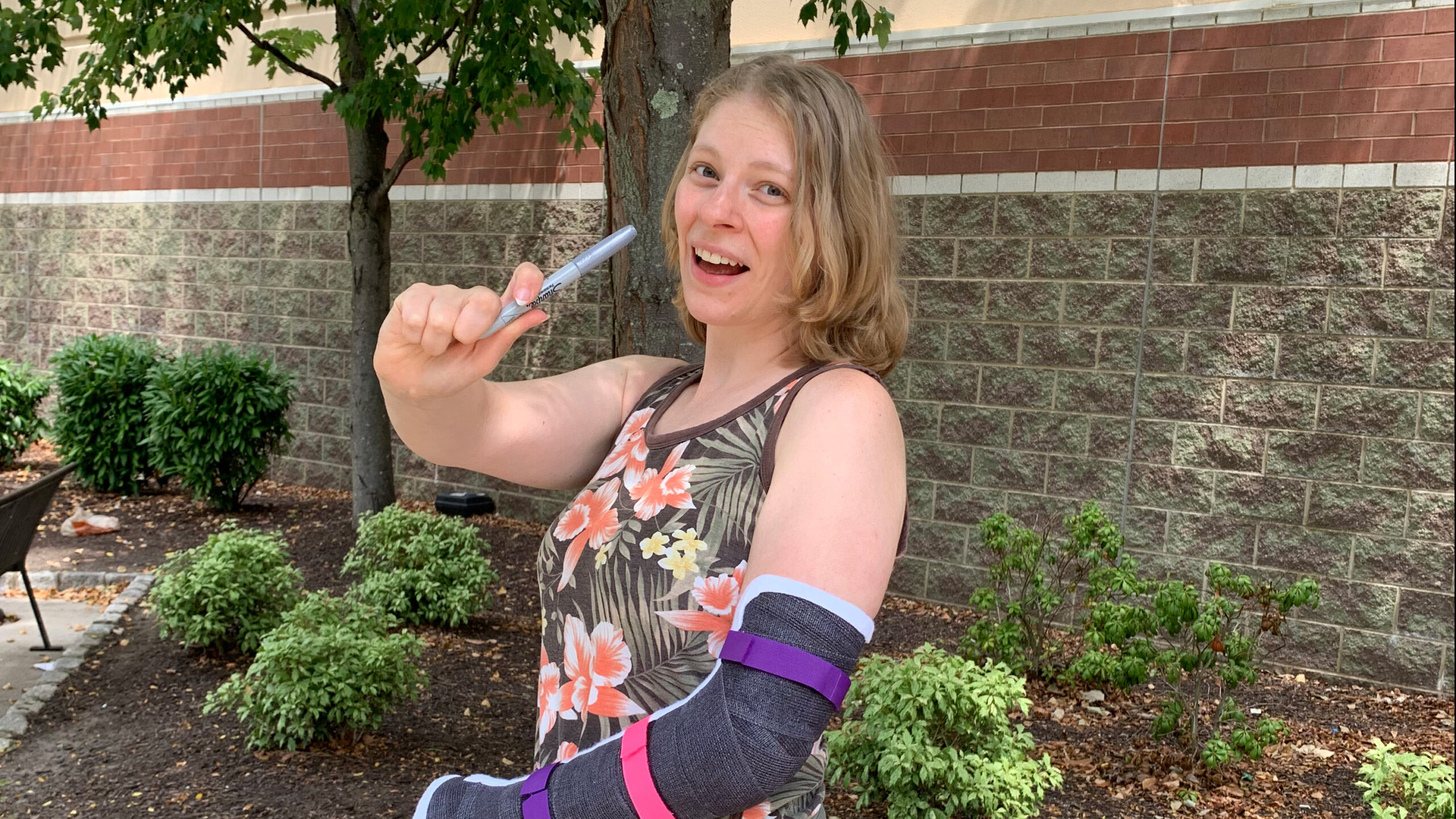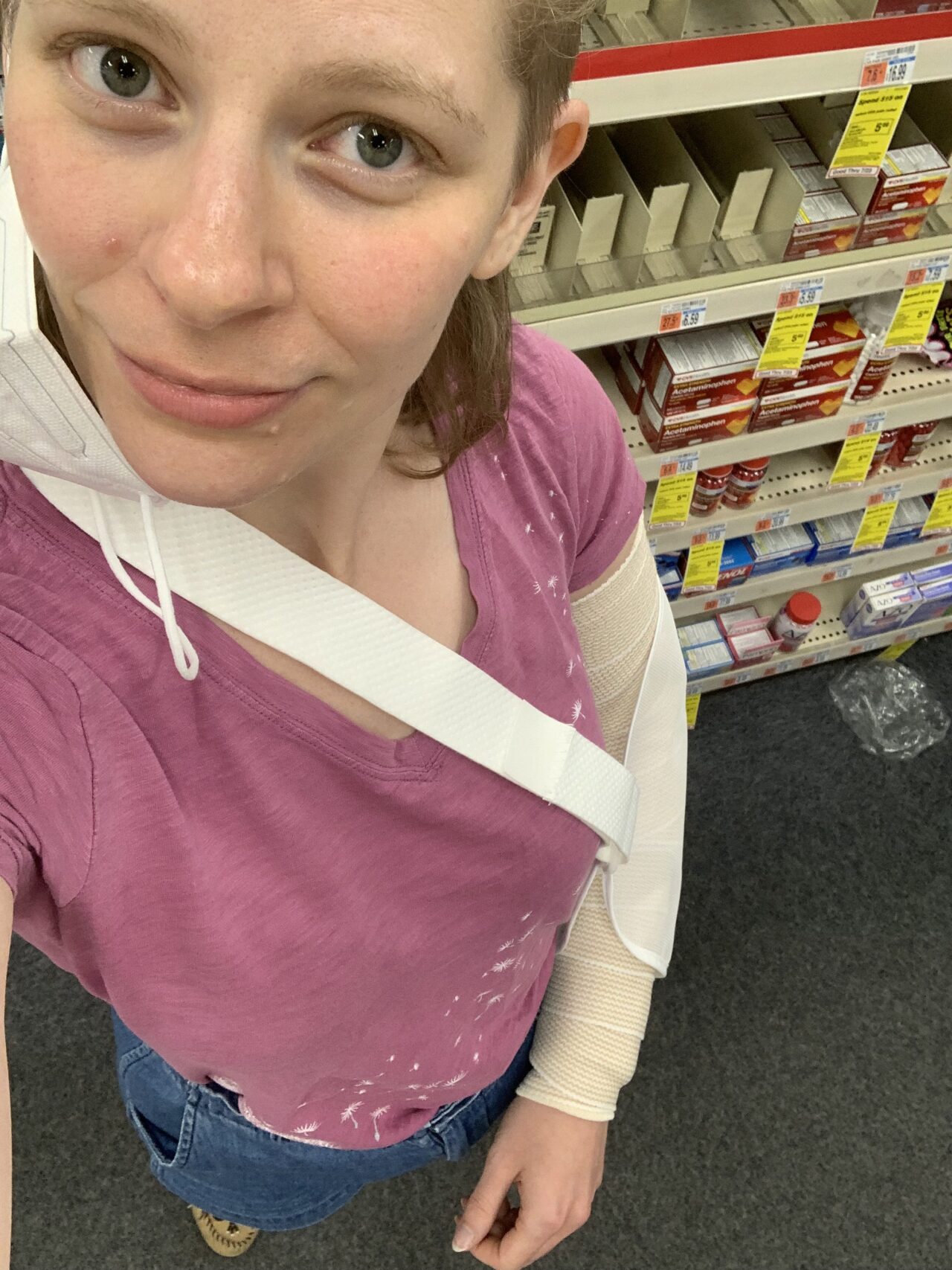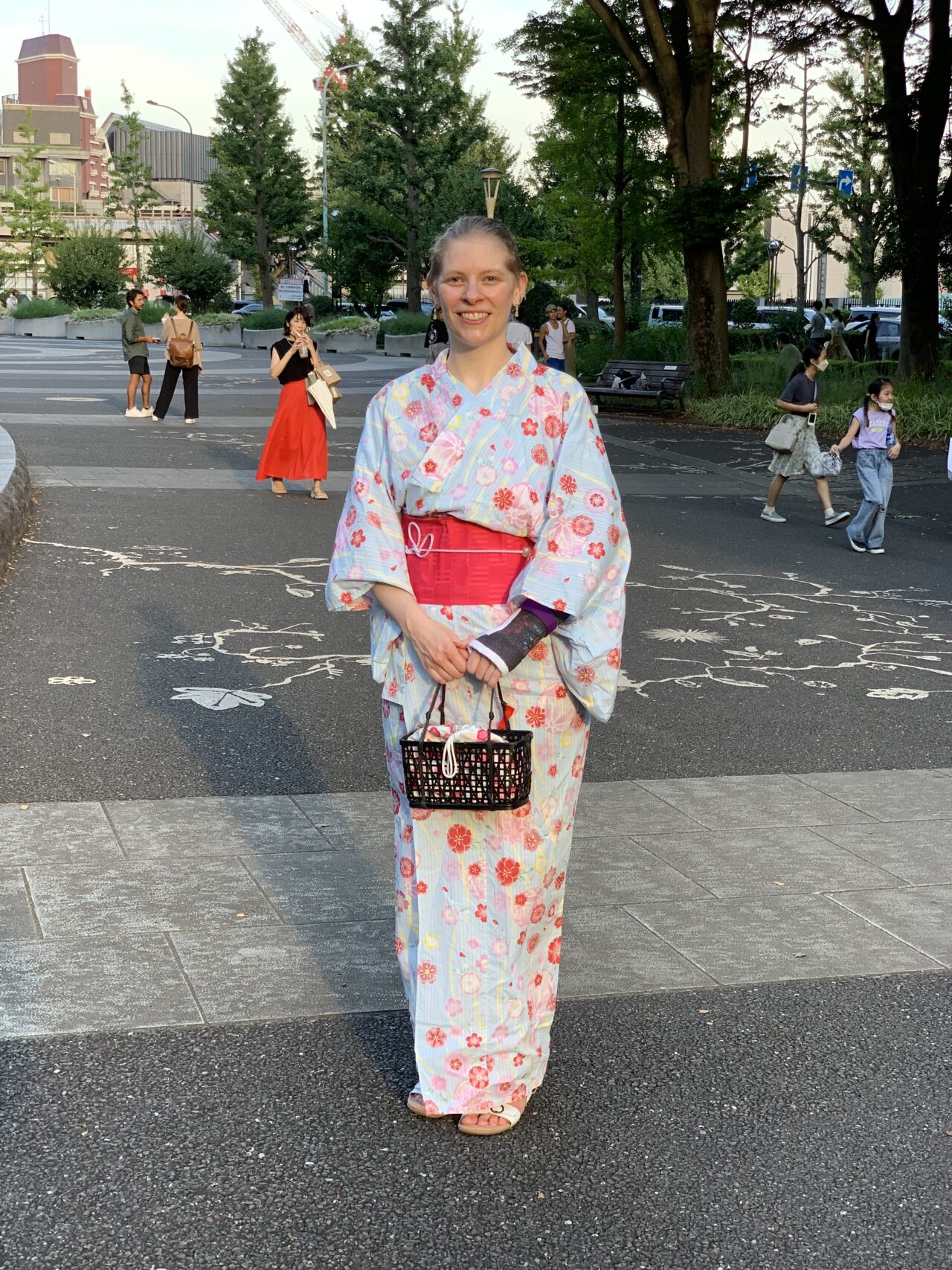Travel Insurance for Visiting My Own Country?? Why Every American Living Abroad Should Purchase Travel Insurance Before Visiting Home


Written by
Name: Stephanie
Country of origin: USA
How long you’ve lived in Japan: 6 years
Where you live in Japan: Tokyo (and 1 year in Gunma)
Instagram
Introduction: A Personal Wake-Up Call on Japanese Travel Insurance
I never imagined I’d be getting an MRI in Japan for an injury I got when visiting home in the US, but there I was, lying in the MRI machine, thanking myself for getting travel insurance for a trip to my own home country.
The Importance of Travel Insurance: A Bumpy Foreshadowing for Overseas Trips
In my 20’s in the US, I never thought much about insurance. My mom has a good job so I was covered until I was 26, and then I got a decent job with good insurance, too. I’m really lucky in that way.
When I moved to Japan at 28, I came on a work visa and was employed by a company, so I still didn’t have to worry about health insurance. But when visiting home in 2019, I was in a fender bender and it made me realize that if I’d had to go to the ER in the US with no insurance and being paid in Japanese yen, I’d be done for.
Flash forward to summer 2022, my next trip home after the pandemic, along with all the regular preparations for a trip home, this time I bought Japanese international travel insurance (“海外旅行保険”, kaigai ryokō hoken).
The Accident: A Roller Blading Mishap and the Role of Travel Insurance
When I was home, I decided to strap on my beloved roller blades. What fun! Until it turned out I was going down a hill and I was definitely picking up speed. Anyway, the end to this part of the tale is I made myself fall in the grass, so at least I avoided street rash and hitting my head, but I’d fallen on my rear and palm quite forcefully.
By evening, it was apparent I was not fine; my arm, wrist, lower back, and my leg from the knee down all hurt or were numb. I needed to get checked out.
My first step was to call the Japanese travel insurance provider to see what I should do. Luckily that operator spoke English, but that was just by chance. Apparently there are a few hospitals in the US they have a direct contract with, but they’re in the big cities. So she told me that if I go to a hospital or clinic near me, I can submit all receipts for later reimbursement. That could add up fast in the US, but it was better than nothing. So the operator opened an insurance claim for me, and I was on my way.
Getting Treated in the US: Navigating Health Insurance Challenge

My parents ended up taking me to urgent care. (For those that don’t know, urgent care is a type of clinic you can go to for non-emergency ailments so you don’t have to go to the ER, since the ER is expensive without insurance.)
They did a series of x-rays and other physical examinations. In the end, the technician told me there are no breaks, so I left with a splint and painkillers. Luckily that urgent care had a $300 cutoff, which I am sure I went over because I got x-rays.
The next morning I got a phone call from the urgent care telling me the doctor had a closer look at my x-rays and found a small fracture in my elbow. I needed a brace made, so I had to find an orthopedic clinic to fit me in before I left the country. So I called their recommended clinic and begged them to fit me in ASAP. I went in and had my arm measured and came home with my brace.
All in all, my medical bills in the US were less than $1000 (largely thanks to the urgent care’s $300 cutoff), which is a lot better than I’d imagined, but still not cheap, especially when my salary is in yen. I was looking forward to getting my reimbursement from my Japanese travel insurance once I returned, but that was still a long way away.

Getting Treated in Japan: Utilizing Japanese Travel Insurance for Health Needs
I was really worried about returning to Tokyo in that state. I could barely walk due to my lumbar pain, so taking the train seemed daunting. Luckily I was remote working at the time, so I didn’t have to worry about going to work every day. But next came the hurdle of finding treatment in Japan, both in regards to getting a follow-up appointment with a Japanese doctor using an American referral, and also in literally getting to the clinic since taking the train seemed like such a feat.
Interestingly, the Japanese travel insurance told me they would cover any costs incurred in Japan related to my condition since the accident happened while I was insured by them… including the taxi rides to and from the clinic!
Basically the way that the rest of my payment would work going forward is that my Japanese national health insurance (through my job) would cover its usual amount (70%), and I would have to pay the remaining 30% as a copay, which is the usual system in Japan. But when my treatment was all over, I could submit all receipts for those 30% payments to the travel insurance and they’d reimburse me.

I decided to try St. Luke’s International Hospital in Tsukiji. This hospital is very popular with foreign residents of Tokyo, and I’d been there before. Many of their doctors train abroad, so they often speak English. I called and explained that I was in an accident in the US and came back with a brace and would need follow-up appointments with an orthopedic surgeon.
In the end they did not accept my American doctor’s letter of introduction as a referral, so I had to pay an extra ¥5000 as a new patient. The doctor did, however, accept the x-rays and diagnoses, etc. from the American examinations. I began a period of resting, working from home, and not going out much except to go to the hospital. I got an updated arm x-ray every appointment which would cost me ¥672. After a few weeks when the pain in my lumbar and numbness in my foot had not subsided, I got an MRI of my lumbar, which cost me ¥8500.
After I could take my brace off for good, I started going to an outpatient rehabilitation near me, which greatly helped me gain my strength in my arm and after some months helped my back heal as well.
The Final Result: How Overseas Travel Insurance Saved the Day
In the end, I submitted all my receipts to the Japanese travel insurance company: the US urgent care and orthopedic clinic, the Japanese hospital visits, rehabilitation copays, and those taxi rides to and from the hospital in Tokyo. I got back all of that money, which totaled around ¥200,000, which at that time’s conversion rate was around $1500. It might not sound like a lot if you’re being paid in US dollars, but for some perspective, that’s almost an entire month’s salary for someone just starting out in Japan. Plus, the travel insurance plan probably cost me around ¥8000 for 2 weeks in the US, so it absolutely paid off!

Your Next Step? Secure Your Japanese Travel Insurance for Peace of Mind

I went to a late summer festival, and was worried about the crowds bumping me.”
If you’re in Japan, you can search for “海外旅行保険” (kaigai ryokō hoken, international travel insurance) to find a company you like. If you can’t read Japanese, you can use your web browser’s translate function for details on the plans.
So for any American living abroad, I would absolutely recommend purchasing international travel insurance from the country you’re living in before visiting home. Even if you’re young and healthy like I was, you really never know when something could happen. Even if it’s the most basic plan they have, it could save you a lot of heartache and money.
August 2025 Update
Upon returning from another trip, my suitcase has 2 broken wheels, presumably from the airline’s manhandling. Luckily, the same travel insurance I always get covers repairs! This is not an advertisement at all, but because I’ve always had good service from them, I thought I should share the company information with you. I always choose the Tabitomo (たびとも) plan from HS Non-Life Insurance (エイチ・エス損保). The website is only in Japanese, but if you can’t read Japanese your browser’s translation function should be enough to get the job done. Here is the link.
